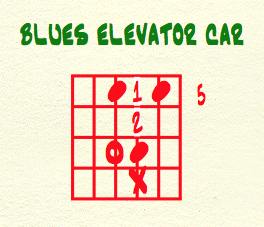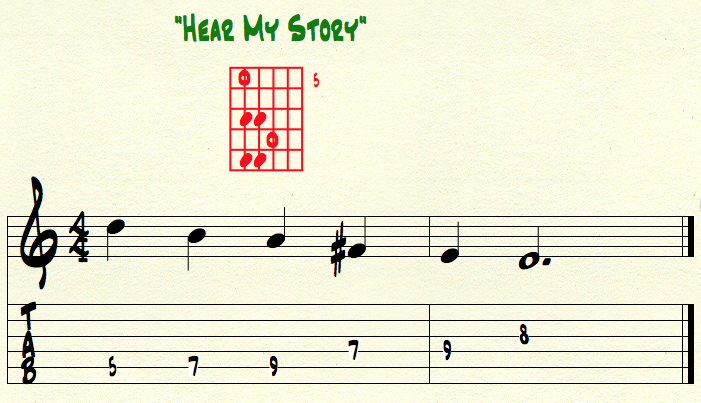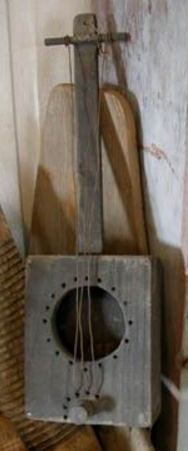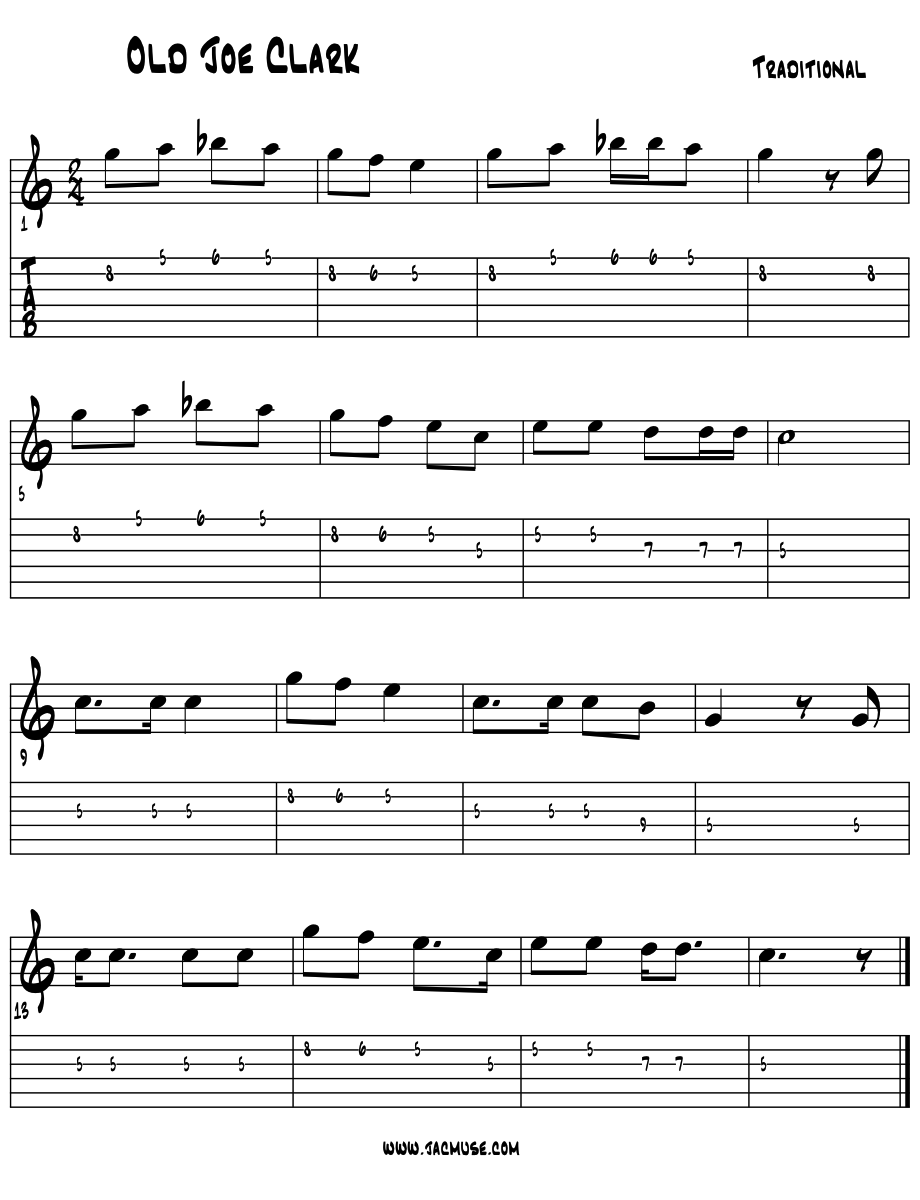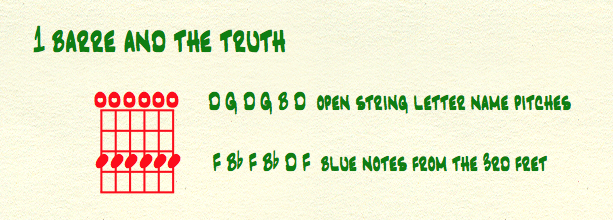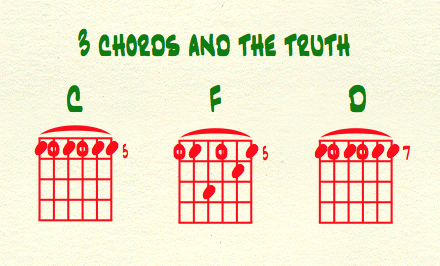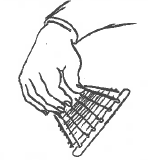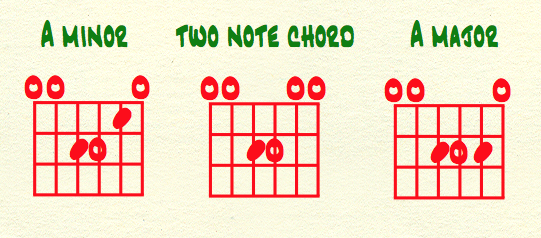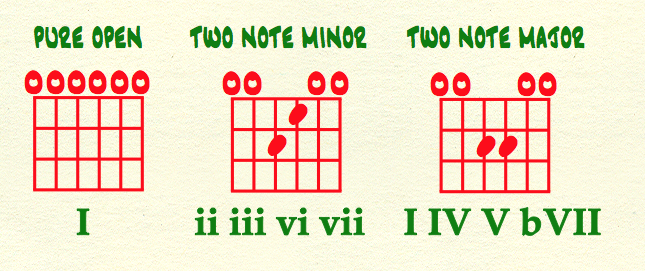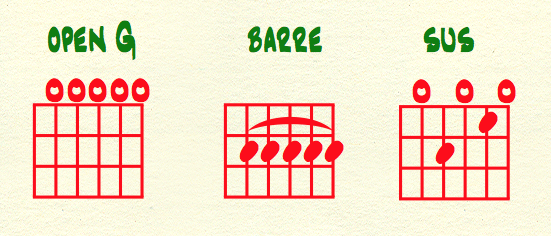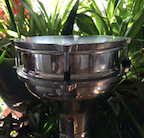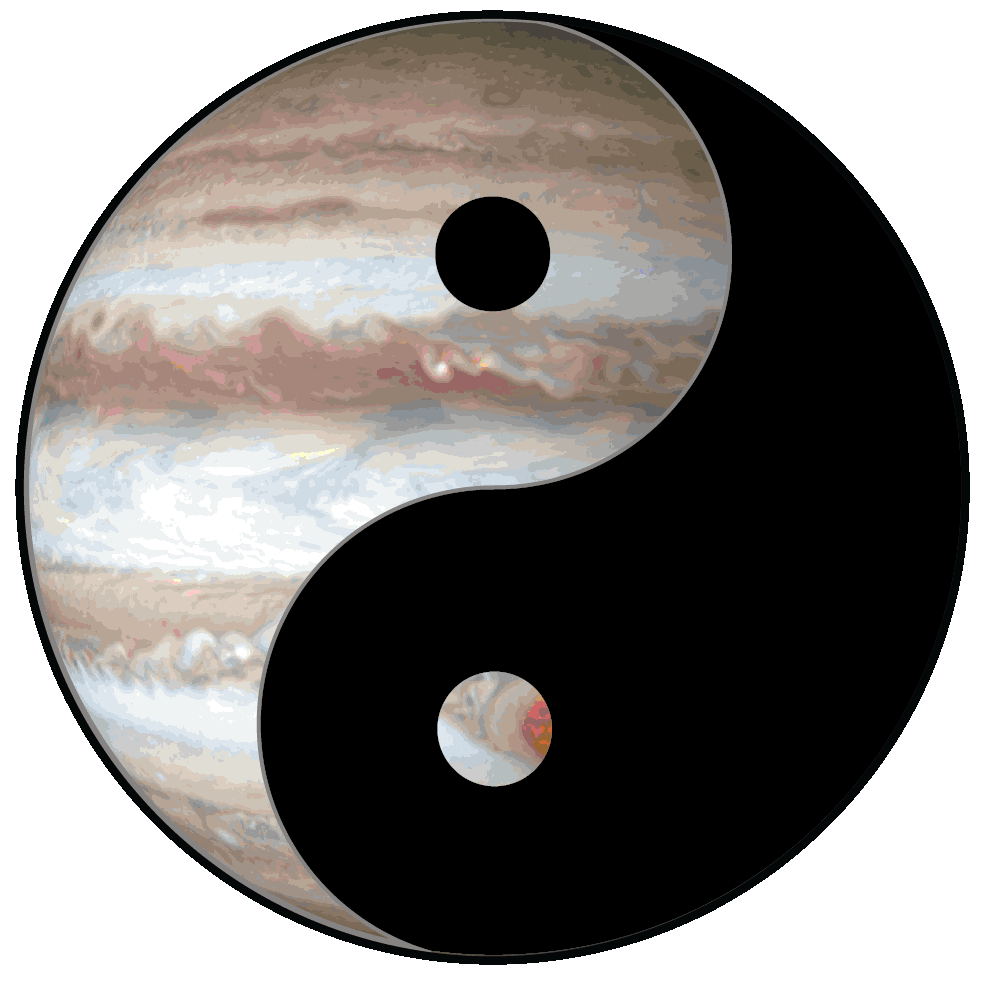~ start your motors ~ ~ pure Americana start ... straight off the banjo :)
|
In a nutshell / triad based open tunings. By 'open' tuning our guitars, we create an instrument that has a chosen key center, such as the key of 'G, D, E or A', capable of creating melody lines with harmony support and motorizing rhythms with just the open strings, thus 'open' tuning. So when we strum full all the strings, we get the pitches of a triad or chord, which would include a color tone or two, without having to play any notes on the fingerboard. Over this built in 'harp' of harmony, we can then pick out our melody notes, find a cool rhythm and motor on up our songs. That both the major and minor triads are readily available within sets the tone for creating both today's songs while all the ancient modal colors too will pop right on out of an open tuned geetar. Not for everybody. There's just something about open tunings that for some readers here will be transformative almost beyond their regular everyday magical musical occurrences. If we can let go of the fingerings we usually play, an open tuning can take us into a new dimension of coolness, near instantly the first time we strum it. And as we'll see in the following discussions, the open tuning fingerings are usually one or two fingers, and the barre, which in the blues is often done with a slide. Big rhythm motors. The trick to open tunings is we have to strum them to get their magics and mojo working and once arrived, hang there for a spell and see what art and vibes shakes loose. And because most of what we already know how to play, by including both hands together goes away, music we've never played before begins to manifest itself. So somehow we can then explore our art based more on what we can imagine. And since the full strummed open strings sound a solid chord, the strongest gain initially can be with rhythm thus the development of the motor hand. |
New lick, same as the old lick. Built in historical coolness prevails yet again on guitar, this time the same lick in open tuning is the same standard. Tracing our way back to the roots of blues, again the '1 2' hammer on in all the minor / major triad shapes brings the blues in any tempo or groove. Fifth fret, 'C / C#' resolve to 'A.' Example 1. |
Author's note. With the open tunings I got lucky and got bit not once, but twice and learned the magics of an open tuned guitar. First by the Hawaiian 6/9. From strum one I knew I'd just retuned my standard pitches into a yet unchartered 'storytelling machine' that was very very old indeed. Within a week or so this next melody was taking shape, becoming my central theme of an Alaska song titled "Hear My Story." |
Wasn't long after that this next ditty came along. So two new melodies, one's that inspired and ones that I'd never heard before, and I knew right then and there that there's going to be a whole lot more. The second theme that rolled right off the o'l banjo. |
The second time bitten and now sure a smittin.' I picked up a banjo, tuned to open 'G' and was picking out the "Old Joe Clarke" melody like near instantly. |
|
Open 'G' redux. I then learned the chords to the song "You Can't Always Get What You Want"written by the rock band Rolling Stones, by tuning up then jamming with the recording and ... then just started dancing around the room, so I knew I was onto chords and rhythms of 'arena rock' level dimensions, so naturally I started looking for a real twin, a Twin Reverb amp that is. And it all sort of sounds like this :) |
So. I then googled up 'songs in open 'G' tuning by the Rolling Stones. And when "Wild Horses" came up on the list, I was floored by the range of harmonic expression of the open 'G' tuning for any six ( or five ) string guitar. Ranging from pure folk and bluegrass ol' Joe into a deep river sliding blues, right onto GRANDE STAGE power chords that settle right on down so can include a country leaning ballad that tells a timeless story of love. Surely to learn something important when we get 'a bitten' by it yes ? One tune like "Wild Horses" can do it. U got yours yet ... ? |
Surely worth a try. So if there's an easier way for a pure beginner to begin chord rocking out on guitar than to open tune a git please do let me know. And from beginners on through to super advanced cats, all get the same start point of power chords just by banging on the thing when open tuned, then the other rockin' chords and blue notes in between with one finger or a slide. Nice :) Please forgive me for my impassioned testimony here, if I make it sound like it's all too good to be true, well it is for me, and hope to 'pass the passion' on to you. Hey that's a hook, or a line to somewhere huh ? "Pass the Passion" ... won't you please :) |
Find an 'open A' tuning within standard tuning. Since most guitars sitting around are tuned up to 'standard Euro tunings'; 'E A D G B E', know that there's a super cool powerful 'open A' pure major / natural minor, and easy Mixolydian leaning magics that's a cinch to sort through, or up and down the fretboard with a two note chord shape. Standard tune up and by ear, find your way up and down the fingerboard with the two note chord (root and 5th) and play the pitches of each scale group. Goes like this on a Tele. Example 1. Cool ? And two more symmetrical motions. Yea why not? Just for fun one time, slowly. Example 1a.
Cool ? Just running the two note shape up by half steps for chromatic, then whole steps for whole tone / augmented colors. Jazz loves chromatic and the whole tone structure generates the augmented triad, which goes on to crown jewel fame with Coltrane. Author's note. These open 'A' musings sound a lot like Pat Metheny's intro to his rendition of "Giant Steps" on his 'Trio Live' album. |
Open 'E.' A slight twist of two pegs gets us to our first official open tuning. It goes like this; raise the 'A' / 5th string up a whole step to 'B', and raise the third string 'G' up a half step to 'G# and we've got a blues rockin' slide bingo extraordinaire. Example 2. E A D G B E becomes E B E G# B E. Here are these tuning pitches. Cool ? Now we have a vanilla 'E' chord with the open strings. This chord is a core for making the blues and is favored by slide players globally Here's a few beginning shapes to get us up and down the fingerboard. Ex 2a.
and voila !
Cool ? Starting way up at the 12th, just working it on down diatonically with the two shapes, Four and Five at five and seven, easy beautiful Two chord, Three too, strum with gusto and passionize your ideas, then pause and grab a slide, and bring the Americana blue wide open ready to roar. Surely a lot of blues is built right into open 'E.' Locate the big blue notes on the low open 'E' string. And work it both ways; from 12 hightop to low open and back on up. Open 'E' is cool in that on most bandstands, standard tuning is the norm. With our open strings aligned on 'E', and hopefully with a bass or guitar player also on the stand with us, those blessed can get an exact visual reference of where the band is pitchwise on the bandstand. Our fifth fret is their 5th fret and might help under the lights. That said, blues leaning grooves tuned open 'E' is a 'by ear' paradise to just plain bring it for as Sloane quipped, "we be in Spenard bro, 'play primitive', the jazz is downtown." |
Open 'G.' The open 'G' tuning is historically carried over to us today from the banjo players from the early 1800's. As the Spanish classical guitar made their way North through the Rio Grande, they got picked up by banjo players in the deep South USA. Standard tuning of classical six strings becomes the banjo's more up to date five strings. So ... E A D G B E becomes G D G B D Click the claw to hear a fine tuning of the strings to a solid sounding open 'G' chord. Stay for the end of the file for when tuned up, the pure banjo jumps right off. |
1 4 5 1 |
SuperHoot |
blues |
50's rock 'n roll |
pop rock |
|
Open 'A.' Same process as open 'G', really just focusing in on the pitches for 'A' and its major triad. It's a brighter key with three sharps, so probably louder on some guitars and also might be better for the range of the singer and voices telling the stories. 'Blues in A' is very common all through the performance of the blues. |
|
Drop 'D.' The 'drop D' tuning is created from standard tuning simply by dropping the low 'E' down to 'D.' Goes like this: E A D G B E becomes D A D G B E Now with the low pedal tone root pitch too of 'D', the Yin / Yang balance becomes super super clear. Once we know deep clear by ear this ancient balance, the rest will sort itself out in good time. Wow, that was ( too ? ) easy, twist one peg and move one chord shape around and get all that music and big rhythm sound ? Finding melody notes on the top soprano notes / pitches, then just running through the groups of pitches, the various colors to sift for motifs, the gems that become the heart beat of our stories with music ... the the closing riff of the last idea ... to ... Wake up lil' Susie wake up :)" |
|
Hawaiian six / nine in 'open D.' In this next open tuning evolution we simply lower our 'sus 4' to major 3rd so: D A D G B E becomes D A D F# B E I learned this tuning from a blues slide guitar player named Mario but never really found any blues in it. For as soon as I heard it, like instanto, I was off in a different direction musically. While the blue colors must be there somewhere, what I did find is an incredibly powerful and joyous major tonal hued, '6 / 9' colortoned magic. And with a two additional chord shapes to the open strings, a way to get up and down the fingerboard finding a semblance of chord progressions along the way. Retuned tuned from standard; E A D G B E becomes D A D F# B E While there's many more chord shapes to find, these get us up and down the fingerboard nice. Author's note. I've jammed with bass players in this open 'D' styled tuning and if they lower their high 'G' to 'F#', their top three strings to get mighty melodic in a hurry, bringing soaring bass melody lines from the top string and open string thunder from their lower harmonic structure. |
The seven modes in open 'G' tuning. As each of our seven modes have a unique character, in some ways playing theory pitches in an open tuning gets us two with one. One is history, that this is how we might have heard them 1000 years ago. Second, that in today's tuning magics, the open tuned chord provides an interesting backdrop to hear the modal groups all from the same set of six strings. Of the seven, the ones composers have relied upon are pretty aurally clear. Tune the strings to a mode's pitches. Another way of getting after a mode in an open tuning is by twisting the tuning pegs and find a mix of each modes pitches on the open strings. And while we might have to base our root note around 'E' initially, with experimentation we'll find something that works ... at least till something better comes along. Explore and experiment. |
Review. The open tunings included here are just the beginning of a whole realm of musical coolness. With open 'E', some cats dig the not only the slide and blues, but also the visual reference that being in open 'E' brings. For if the band is in standard tuning, all the frets still match up pitch wise. In teaching beginners, the open 'G' brings a lot of smiles; unrestricted motor hand, the melodies fly right on off the top strings, and of course, there's a ton of blues built right in. For the Hawaiian 6/9, it's just so rich and deep, yet retains some brightness of 'D.' In all of these tunings though, it's the freeing up of the motor hand to go wild that brings the most fun. Recommend a light pick, fanning the strings to bring them to life, then some finger picking for a lighter texture and creating some easy loud and soft dynamics. All these tunings will love the slide, and with the open strings always ringing in the key center, easy to make some powerful magics. Hope you find some too :) |
"Love, is first and foremost about knowledge." |
References. References for this page come from the included bibliography from formal music schools and the bandstand, made way easier by the folks along the way. In addition, books of classical literature; from Homer, Stendahl and Laudurie to Rand, Walker and Morrison and of today, provided additional life puzzle pieces to the musical ones, to shape the 'art' page and discussions of this book. Special thanks to PSUC musicology professor Dr. Y. Guibbory, who 40 years ago provided the initial insights of weaving the history of all the fine arts into one colossal story telling of the evolution of AmerAftroEurolatin musical arts. And to teacher-ed training master, Dr. Joyce Honeychurch of UAA, whose new ideas of education come to fruition in an e-book. |
"Life is about creating yourself." |
wiki ~ Bob Dylan |
Find an e-book mentor. Always good to have a mentor when learning about things new to us. And with music and its magics, nice to have a friend or two ask questions and collaborate with. Seek and ye shall find. Local high schools, libraries, friends and family, musicians in your home town ... just ask around, someone will know someone who knows someone about music who can help you with your studies of the musical arts with this e-book. |
Intensive tutoring. Luckily for musical artists like us, the learning dip of the 'covid years' can vanish quickly with intensive tutoring. For all disciplines; including all the sciences and the 'hands on' trade schools, that with tutoring, learning blossoms to 'catch us up.' In music ? The 'theory' of making musical art is built with just the 12 unique pitches, so easy to master with mentorship. And in 'practice ?' Luckily old school, the foundation that 'all responsibility for self betterment is ours alone.' Which in music, and same for all the arts, means to do what we really love to do ... to make music :) |
 |
"These books, and your capacity to understand them, are just the same in all places. Always bear in mind that your own resolution to succeed, is more important than any other one thing." |
|
Academia references of Alaska. And when you need university level answers to your questions and musings, and especially if you are considering a career in music and looking to continue your formal studies, begin to e-reach out to the Alaska University Music Campus communities and begin a dialogue with some of Alaska's finest resident maestros ! |
|
Formal academia references near your home. Let your fingers do the clicking to search and find the formal music academies in your own locale. |
"Who is responsible for your education ... ? |
'We energize our learning in life through natural curiosity and exploration, and in doing so, create our own pathways of discovery.' Comments or questions ? |
